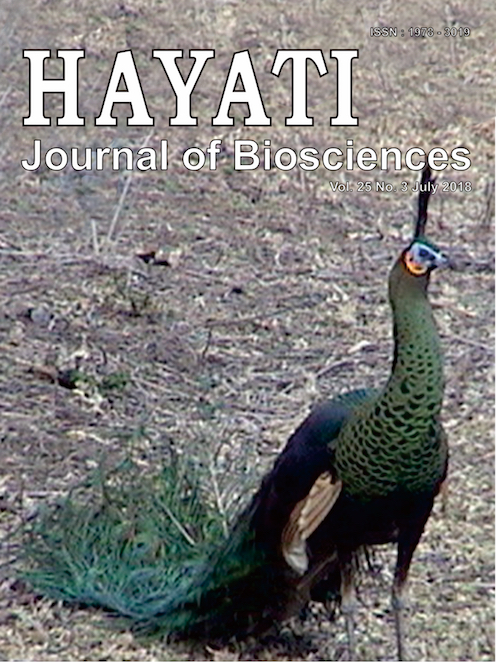Satellite Imagery for Classification of Rice Growth Phase Using Freeman Decomposition in Indramayu, West Java, Indonesia
Abstract
Monitoring at every growth of rice plants is an important information for determining the grain pro-duction estimation of rice. Monitoring must to be have timely work on the rice plant development. However, timely monitoring and the high accuracy of information is a challenge in remote sensing based on rice agriculture monitoring and observation. With increased quality of synthetic aperture radar (SAR) systems utilizing polarimetric information recently, the development and applications of polarimetric SAR (PolSAR) are one of the current major topics in radar remote sensing. The ad-vantages provided by PolSAR data for agricultural monitoring have been extensively studied for applications such as crop type classification and mapping, crop phenology monitoring, productivity assessment based on the sensitivity of polarimetric parameters to indicators of crop conditions. Freeman and Durden successfully decomposed fully PolSAR data into three components: Single bounce, double bounce, and volume scattering. The three-component scattering provide features for distinguishing between different surface cover types. These sensitivities assist in the identification of growing phase. The observed growing phase development in time series, reflected in the consistent temporal trends in scattering, was generally in agreement with crop phenological development stages. Supervised classification was performed on repeat-pass Radarsat-2 images, with an overall classification accuracy of 77.27% achieved using time series Fine beam data. The study demonstrated that Radarsat-2 Fine mode data provide useful information for crop monitoring and classification of rice plants.
Downloads
HAYATI J Biosci is an open access journal and the article's license is CC-BY-NC. This license lets others distribute, remix, tweak, and build upon author's work, as long as they credit the original creation. Authors retain copyright and grant the journal/publisher non exclusive publishing rights with the work simultaneously licensed under a https://creativecommons.org/


















.png) IPB University
IPB University Department of Biology
Department of Biology The Indonesian Biological Society
The Indonesian Biological Society 

